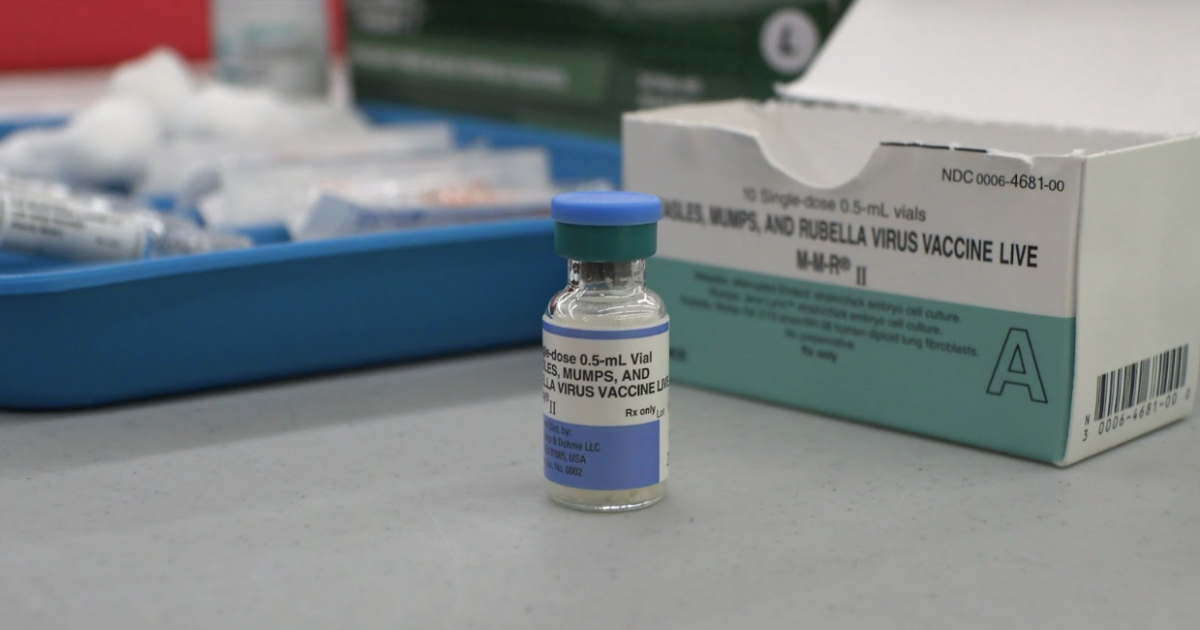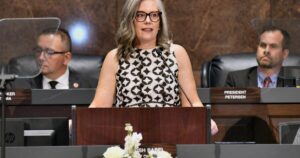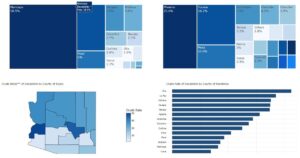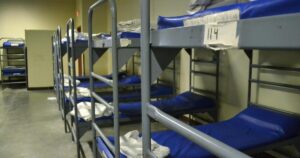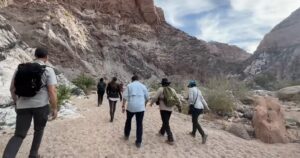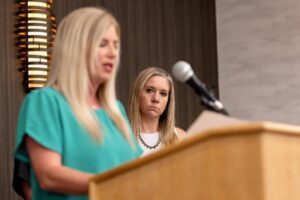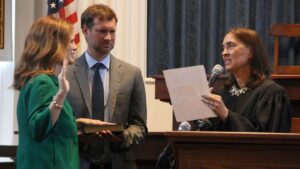Conflicting public health messages and misinformation are creating hurdles in maintaining vaccination rates, especially in rural areas with limited healthcare access. This growing concern is echoed by health professionals nationwide.
“For a person who’s not trained in medicine, science, or public health, it’s a confusing mix of messages they receive, and they don’t have any good way to sort it out,” stated Dr. Doug Campos-Outcalt, associated with the University of Arizona’s College of Medicine.
Further complicating the situation are the anti-vaccine remarks from Health and Human Services Secretary Robert F. Kennedy Jr., stirring concern among public health authorities.
“Before, anti-vaccinations were sort of the minority group within society. … This is government leaders expressing significant doubts and concerns about the safety and efficiency of vaccines,” commented James Hodge, from Arizona State University’s Sandra Day O’Connor College of Law.
The cessation of $11.4 billion in COVID-related federal funding by the Centers for Disease Control and Prevention has impacted state and local departments, affecting vaccination services, including those in Pima County.
Prior to this funding cut, Pima County had been collaborating with community organizations and libraries to facilitate COVID test distributions and outreach initiatives.
Pima County Public Health Director Theresa Cullen mentioned the county’s receipt of two grants in 2021, intended to last until summer 2026, aimed at addressing COVID-19 health disparities and vaccine equity.
“If you pull federal funds for vaccines, parents can’t afford these things. Millions of children each year in the United States get vaccinated for preventable conditions solely because the vaccines are free, largely because the federal government has the resources to provide that,” Hodge emphasized.
The county leveraged these grants beyond vaccination endeavors. “We were doing lots of different stuff with this grant, all of which had been approved by the CDC, obviously a tie to COVID, but far beyond,” Cullen elaborated.
The funding for health disparities was also instrumental in identifying high-risk groups for COVID-19 complications, such as individuals with chronic illnesses or those aged 65 and older, through health education and increased insurance enrollment.
Arizona’s Gila, Navajo, Mohave, and Yavapai counties lag behind in vaccination rates compared to Texas’s Gaines County, currently experiencing a measles outbreak. Meanwhile, Maricopa and Pima counties have achieved a 90% rate for MMR vaccinations during the 2022-2023 school year.
The CDC has documented 884 measles cases nationwide as of April 24.
There has been a noticeable decline in vaccination rates, particularly among young children. Kaiser reports that roughly 280,000 schoolchildren were not vaccinated against measles last school year according to Kaiser.
CDC data reveals less than 93% of kindergarteners were vaccinated with all required vaccines in the 2023-2024 school year, a decrease from 95% in 2019-2020 and below the past decade’s coverage levels.
A CDC report indicates that 8.5% of Arizona’s kindergartners used exemptions to skip required vaccinations last school year. Arizona parents can submit a “personal beliefs” form to exempt their children from vaccination, with limited data on homeschooled children.
“We already have one of the easiest exemption processes for school kids, but it doesn’t seem like that’s enough anymore,” shared Ashley Chambers, executive director of Arizona Families for Vaccines, a non-profit advocating for vaccine confidence through legislative education.
Brandi Giles, a registered nurse leading immunization education efforts at the nonprofit, reflected on the severe outcomes of vaccine hesitancy seen during the COVID pandemic.
“I definitely saw more deaths than one human would normally see. I saw mothers and sons pass away, husbands and wives pass away, young mothers who never got to hold their babies,” Giles recalled from her ICU experience.
Giles warned, “It’s scary to think that we could potentially have that again, with diseases that could be prevented because of vaccines. We’re putting ourselves in a situation where we’re going to overrun our hospitals again. We’re going to overwork our already overworked health care workers. Our infrastructure can’t handle it again.”
For more stories from Cronkite News, visit cronkitenews.azpbs.org.

